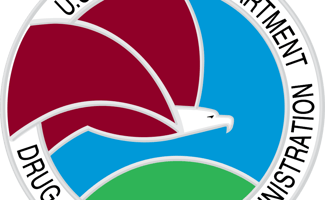Yesterday the Substance Abuse and Mental Health Services Administration (SAMHSA) released further...
Federal Government Makes Telehealth Buprenorphine Prescribing Permanent

On February 2, the Substance Abuse and Mental Health Services Administration issued a final rule that permanently allows patients to begin treatment with buprenorphine via telehealth. The rule also allows for increased flexibility related to methadone take-home doses, reducing the number of times patients must visit clinics. These are both provisions for which APA had advocated to be included in the final rule, arguing that they would improve access to care while reducing stigma and disruptions to patients’ daily lives.
The rule goes into effect on April 2, with a compliance deadline of October 2. The rule marks the first time in 20 years that the U.S. Department of Health and Human Services (HHS) has substantially updated its opioid treatment program (OTP) regulations.
“This final rule represents a historic modernization of OTP regulations to help connect more Americans with effective treatment for opioid use disorders,” Miriam E. Delphin-Rittmon, Ph.D., the HHS assistant secretary for mental health and substance use, said in a news release. “While this rule change will help anyone needing treatment, it will be particularly impactful for those in rural areas or with low income for whom reliable transportation can be a challenge, if not impossible. In short, this update will help those most in need.”
The rule makes permanent some of the temporary flexibilities that the federal government put in place during the COVID-19 Public Health Emergency. It allows patients to access methadone treatment via audiovisual technology and buprenorphine treatment via audiovisual or audio-only technology. It also allows patients up to seven days of take-home methadone doses during the first two weeks of treatment, up to 14 days of take-home doses starting on day 15 of treatment, and up to 28 days of take-home doses starting on day 31. Prior, patients were initially required to visit clinics daily to get their methadone doses.
The new rule also expands access to interim treatment (allowing patients to begin medication treatment while waiting for more comprehensive services), thus reducing waitlist barriers. Additionally, the rule removes the requirement that patients must have a history of opioid use disorder for one full year before becoming eligible for treatment. This regulatory change, for which APA also advocated, helps prevent further harm caused by requiring patients to wait before they can access effective treatment.
Finally, another major update ensures that medication continuity is not contingent upon involvement in counseling services, allowing practitioners and patients to tailor treatment collaboratively. “At HHS, we believe there should be no wrong door for people who are seeking support and care to manage their behavioral health challenges, including when it comes to getting treatment for substance use disorder,” HHS Deputy Secretary Andrea Palm said in the release. “The easier we make it for people to access the treatments they need, the more lives we can save.”
For related information, see the Psychiatric News article “Federal Telehealth Policy Changes After COVID-19 Public Health Emergency.”
(Image: Getty Images/iStock/Dzonsli)
Don't miss out! To learn about newly posted articles in Psychiatric News, please sign up here.





